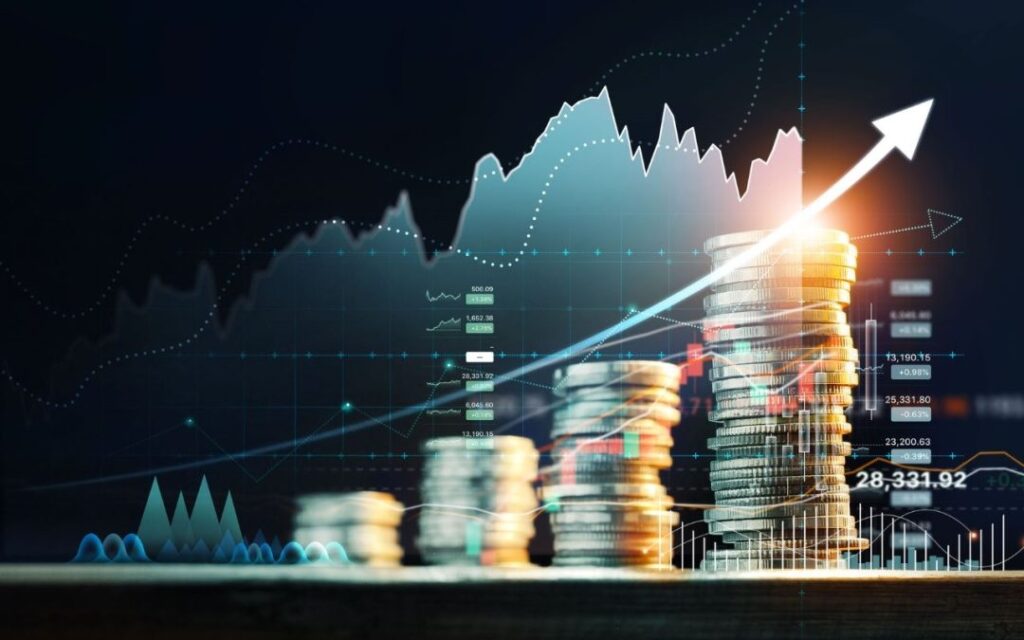From the point when the goods and services tax (GST) came into effect on July 1, 2017, the Indian economy has seen a plethora of regulations implemented by the GST council. GST – ‘one nation, one tax’ reform – is one indirect tax for the whole nation, which has made India one unified common market.
Input Tax Credit (ITC) (right from the manufacturing stage until the good reaches the end consumer) is one of the key features of the GST regime. ITC is a mechanism of avoiding cascading of taxes. Cascading of taxes, in simple language, means a tax on tax. Thus, ITC is the backbone of GST implementation.
What Is Input Tax Credit?
Input Tax Credit (ITC) is the subtraction of the tax money you have paid on inputs on the final output bill. In simple terms, while paying the tax on the good (output), you can reduce the tax you have already paid on the input.
Before the implementation of GST, credit of taxes being levied by Central Government was not available as set-off for payment of taxes levied by State Governments, and vice versa. One of the most critical characteristics of the GST system is that the entire supply chain is subjected to GST to be levied by Central and State Government concurrently.
As the tax charged by the Central or the State Governments would be part of the same tax regime, credit of tax paid at every stage is available as set-off for payment of tax at every subsequent stage.
This means that if someone has paid tax for a particular thing once, they don’t have to pay for it on any subsequent stage as the entire supply chain is under the ambit of GST. Let us try to understand this with the help of an example –
- Let’s suppose you are a manufacturer who is selling a good to a person names ‘A’.
- Let the tax payable by you on output (Final goods) = Rs 500
- Let the tax you have already paid on input (Purchases) is Rs 200
- Then, you can claim Input Tax Credit of Rs 200, and you need to deposit only Rs 300 (500-200) in taxes.
Benefits Of GST As ITC
GST has enabled the smooth flow of goods from one state to the other state by removing barriers across states. It has integrated the country into a common market and has given birth to a pan-India uniform indirect taxation system by incorporating various indirect taxes levied by the centre and the states.
Efficient Taxation System
- You benefit from the efficient system as it has eliminated the double taxation system by removing the cascading effect of taxes.
- Now there is no need for businesses to pay multiple taxes as GST has subsumed most indirect taxes such as excise duty, service tax, value-added tax, entertainment tax, and octroi.
- It has brought down the paperwork significantly
Eliminated Inspector Raj
Electronic generation of e-way bills has led to a reduction of your harassment at the hands of the tax authorities.
Compliments Fiscal Federalism
GST Council – the body responsible for administering GST – comprises of the state finance ministers as well as the Union finance minister.
Better Compliance
The entire process is technology-driven, right from registration, tax payments, filing of returns to refunds. GST, along with the implementation of the e-way bill system, ensures a seamless audit of all transactions in the supply chain.
Widened Taxpayer Base
Due to better compliance and technology, GST has expanded the taxpayer base and decreased the evasion of taxes. This has contributed positively to revenue buoyancy.
Low Inflation
Elimination of double taxation system has led to decrease in the overall prices.
Better Economic Growth
GST is likely to improve the overall growth of the Indian economy due to better allocation of resources and an increase in the efficiency of domestic production.
When And How Can You Claim ITC?
ITC can be claimed by you only if you are registered under GST only if you fulfil all the conditions as prescribed.
- Your entity should be covered under the GST Act.
- You should have a tax invoice.
- You should have received the said goods/services.
- You have filed the returns.
- Your supplier has already paid the tax on the goods/services supplied to you.
- If the goods are received in instalments, you can claim ITC only after you receive the last lot.
- You can’t claim ITC if you have claimed depreciation on the tax component of a capital good.
- You can’t claim ITC if you are registered under the composition scheme in GST.
- You can claim ITC only for goods used for business purposes and not for personal use.
- You must report the amount of ITC in your monthly GST returns of Form GSTR-3B.
- All the supporting documents – debit note, tax invoice, supplementary invoice, are needed to claim the Input Tax Credit.
- All GST returns, including GST-1, 2, 3, 6, and 7, need to be filed.
- Claiming of ITC is not allowed beyond September of the following Financial Year to which the invoice pertains or the date of filing of GSTR-9, i.e., gst annual return whichever is earlier.
When Will The ITC Be Reversed?
You can avail ITC only for business purposes and not for non-business (personal) purposes, or for making exempt supplies. Other situations in which ITC will be reversed are as follows:
- If bills are not paid under 180 days of issue
- If your company uses inputs for both business and personal purposes, then the amount of ITC used for personal use will be reversed in a proportional manner.
- If ITC reversed is less than required, which is calculated after the annual return is furnished. If total ITC on inputs of exempted/personal purpose is more than the ITC actually reversed during the year, then the difference amount will be added to output liability. Interest will be applicable.
The details of the reversal of ITC will be furnished in GSTR-3B.
Looking ahead, we can expect many changes under GST as it will enter its fourth year. Further, we need more anti-tax evasion measures such as matching of invoices to weed out false ITC claims, fewer income tax slabs, and simpler tax return forms to have the best taxation system.





